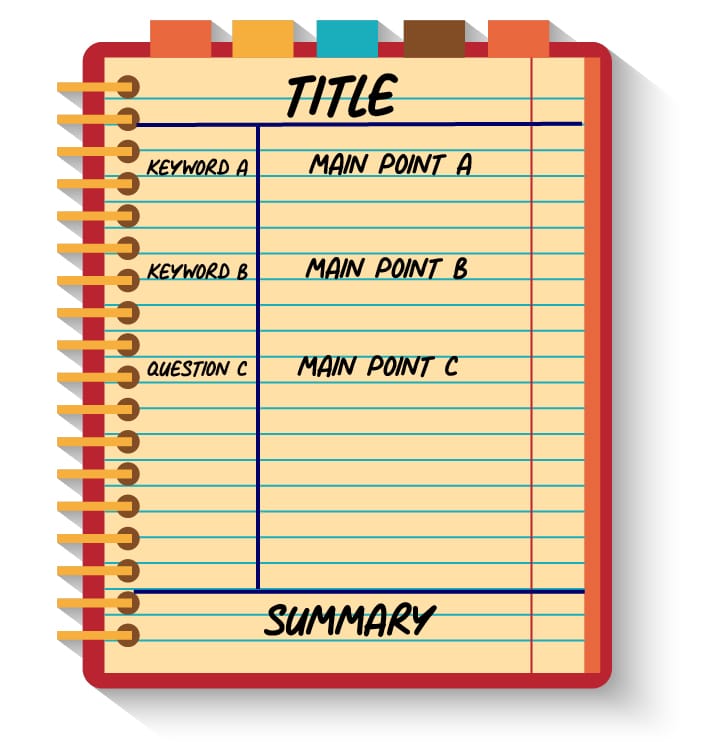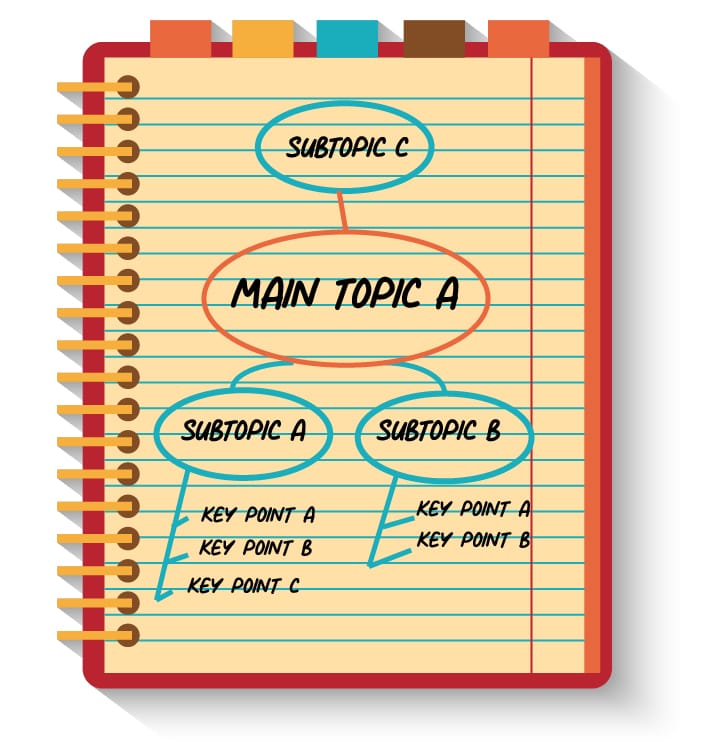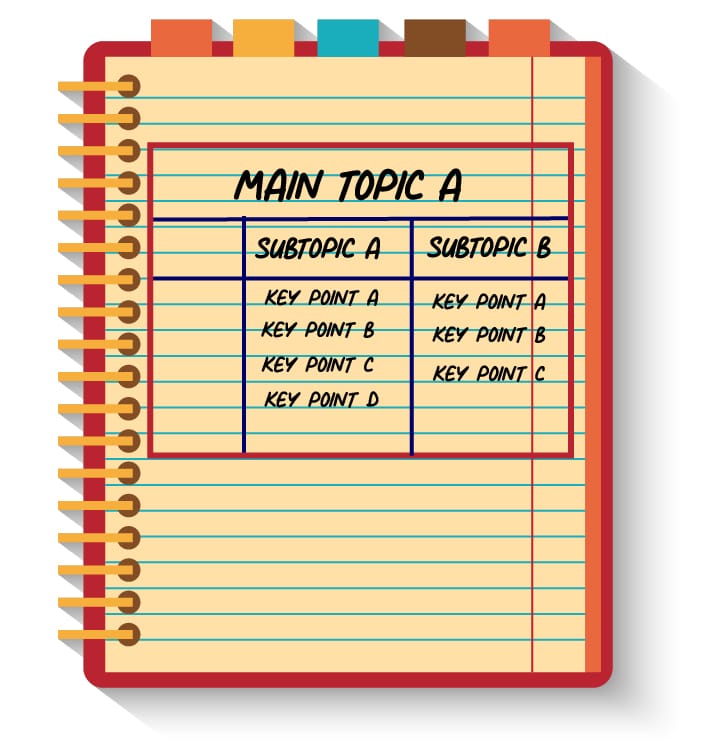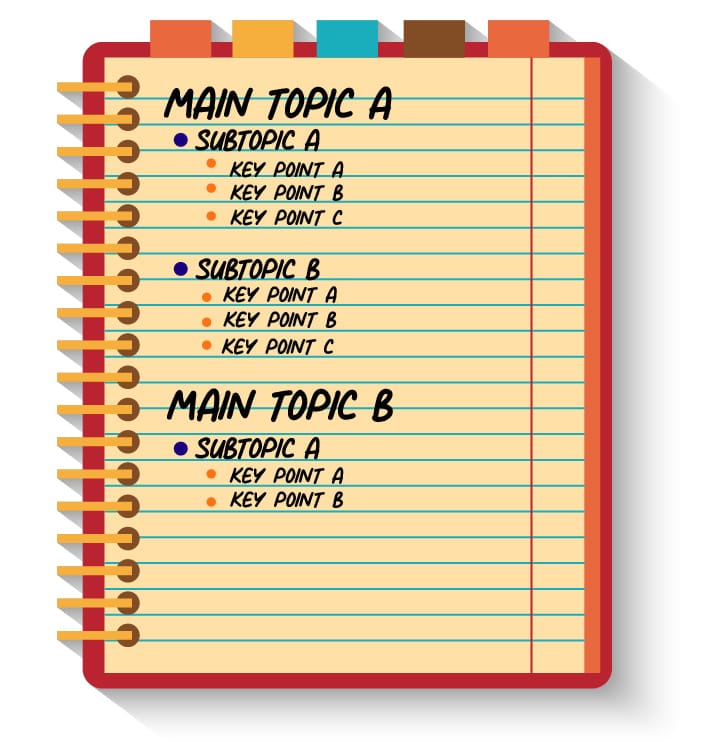Taking effective notes during business meetings can significantly improve their efficiency. Given the number of meetings typically held in a business setting, it’s essential to minimize time wastage often associated with these gatherings.
Successful business owners around the world stress the importance of keeping meetings under 30 minutes. They believe that if you can’t accomplish what you need to in a half-hour, you’re being inefficient. They also emphasize that the key to conducting efficient meetings is proper note-taking. By documenting the key outcomes of the meeting, you and your team can effectively implement the decisions made. Conversely, if you fail to take accurate and comprehensive notes, you’ll struggle to implement the meeting’s outcomes and may find yourself caught in a cycle of inconclusive meetings.
You’ll also learn about 4 frameworks for effective note-taking during business meetings. These frameworks are designed to help you capture meeting outcomes efficiently and ensure successful implementation within your business.
To help you grasp the importance of making notes, the following sections will be covered:
What? – This section will explain the impact of taking effective notes.
Why? – This section will delve into the significance of note-taking.
How? – This section will provide guidance on how to approach the entire note-taking framework.
Let’s delve into a detailed discussion of the four note-taking frameworks.
The Cornell Note-Taking Method
The Cornell Note-Taking Method is a structured approach to organizing and summarizing information. When using this method, you divide an A4 sheet into three sections: cues, notes, and summary.

Cues: These are the key points or main ideas from the content being recorded. For example, if you were taking notes while watching a video, the cues would be the main topics or events that you want to remember.
Notes: These are the detailed points and specific information that you write down during the meeting or while consuming the content. Each cue may have several corresponding notes, usually around 3 to 4, which provide additional context or details.
Summary: The summary section is where you distill the most important points from your cues and notes. Here, you can recap the main takeaways, action items, or key insights that you want to remember from the meeting or content.
The Cornell Note-Taking Method provides a systematic way to capture and review information, making it a valuable tool for effective note-taking and study.
The Mapping Note-Taking Method
The Mapping Note-Taking Method is a popular approach used by many corporations, especially product companies and product managers. This method aims to efficiently cover the agenda of a meeting by breaking it down into main and sub-agendas, along with detailed points and discussions.

Here’s the step-by-step breakdown of the method:
1. Write down the main agenda of your meeting.
2. Divide the main agenda into sub-agendas, such as agenda 1, agenda 2, agenda 3, and so on. Each of these sub-agendas represents a specific topic or area of discussion that you want to cover in the meeting. For instance, if the main agenda of a meeting is to discuss technology, the sub-agendas could include topics like user experience, customer experience, and feedback.
3. Once you have outlined the sub-agendas, proceed to write detailed notes for each agenda. This should include what you aim to achieve and the anticipated outcomes for each agenda.
4. During the meeting, take notes on all the points discussed related to each agenda. These notes should capture the key details and discussions to help you achieve the goals set for each agenda.
The mapping method is favored by product managers because it encourages efficient thinking by providing a clear structure with main and sub-agendas, along with detailed notes for each. When presenting the meeting notes to team members, clarity and ease of understanding are essential. The notes should be clear and easily implementable to avoid any confusion among the team members.
The Charting Note-Taking Method
The Charting Note Taking Method presents a comprehensive and structured system for effectively organizing meeting agendas and subtopics. It commences with a well-defined outline of the primary agenda positioned at the top, followed by a meticulous breakdown of subtopics falling under the main agenda. This method provides a focused approach, emphasizing the consideration of a single agenda along with its associated subtopics in concise 30-minute meetings. Each subtopic, varying from one to multiple items, is articulated in a point-wise format, ensuring the provision of clear and succinct details.

When compared to the mapping note-taking method, the Charting Note Taking Method emerges as a versatile and adaptable approach applicable to a wide array of meeting types. Its utility extends beyond project management and can be customized to cater to the needs of diverse meeting purposes. The structured nature of this approach greatly facilitates effective communication of the agenda and its subtopics, particularly for junior employees, thus enhancing comprehension and retention of key meeting points.
Emphasizing its suitability, the Charting Note Taking Method is best suited for meetings that revolve around theoretical discussions, human resources matters, and marketing strategies. However, it may not align well with the dynamics of finance or sales meetings. The adaptability of note-taking methods is crucial, and it is imperative to tailor the method to align with the nature and the scope of the specific agenda being discussed.
The Outlining Note-Taking Method
This method was created for students but can also be used in the business meetings. In the Outlining Note-Taking Method, the primary agenda is listed at the top, followed by secondary and tertiary agendas. It is important to note that a single meeting can encompass multiple agendas, as discussed in the previous method. Additionally, there may be overarching agendas, such as “technology,” which can then be further divided into sub-agendas like CRM, ERP, customer experience, app, and payment portal.

When utilizing this method, start by writing the main agenda (e.g., technology) at the top of a sheet of paper or document. Beneath it, list the key sub-agendas and then outline the key sub-points under each sub-agenda. These sub-points should be actionable and executable.
For instance, in a meeting where you propose implementing a new feature in CRM within a specific timeframe, the sub-points would include key features to be implemented within the given time frame and the individual or team responsible for its execution (whether from within your organization or externally).
The success of your meetings depends greatly on the accuracy and organization of the information you capture. To ensure efficiency, it’s crucial to choose the right note-taking method for your team. Depending on individual preferences and roles, different methods such as handwritten notes, digital documents, mind maps, or audio recordings may be most effective. Once the notes are taken, it’s important to share them with your teammates in a timely manner. For handwritten notes, consider taking a picture and uploading them to a shared folder on Google Cloud. If your team opts for digital note-taking, ensure that the files are saved on Google Cloud for easy access and collaboration. Efficient and accessible note-taking methods will help your team stay organized and on track with the information gathered in meetings.
Framework Tip: Remember to implement the following tip to ensure effective note-taking during meetings:
During every meeting, assign a specific individual to take ownership of the notes. This is crucial because it’s common to become deeply engaged in discussions and potentially miss important points.
The individual responsible for taking notes could be someone from the CEO’s office team. After the meeting, they can distribute the notes to the relevant team members for implementation.
By diligently implementing the meeting notes, your business will experience more efficient growth.
Moreover, it’s worth noting that the most successful companies globally utilize these four note-taking methods. If you’re part of a prominent product company, you’ll likely observe these methods being employed during meetings.